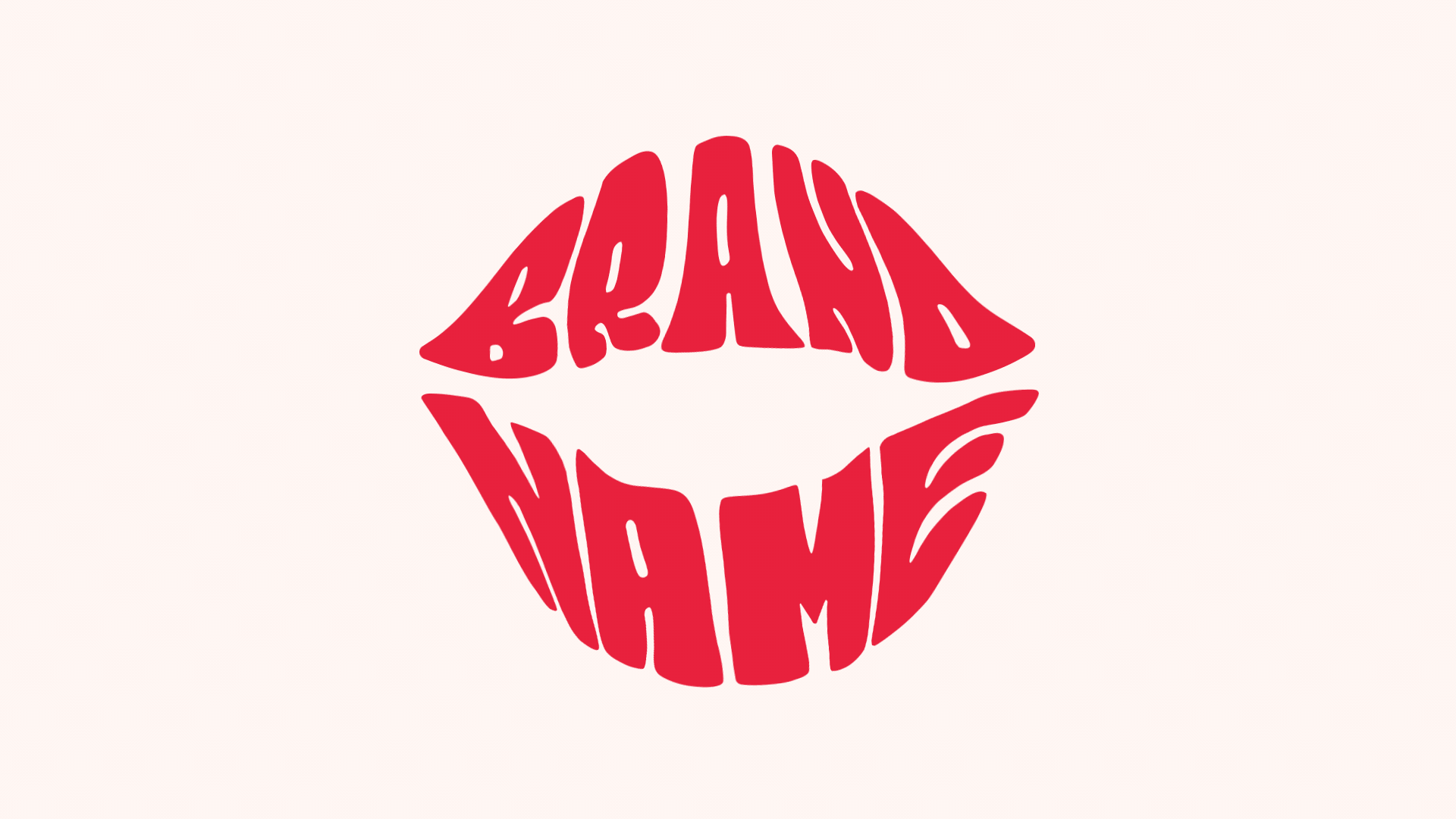Brands have undoubtedly been significant in consumer markets going back a century (and some would argue further). However, the idea of a ‘brand’ can be a truly adaptable entity, meaning it is fluid and alters to suit the consumer and business environment. With the transformation of the business environment to the online world, the way that branding works and the measurement of its effect is adapting and being fine tuned.
Historic Measurement
In the past, to fit traditional methods of marketing, there have been traditional forms of measurement. Although basic, cost-benefit analyses clearly show the obvious success of branding across the generations. The idea of a ‘brand premium’ is an integral part of any creative exercise. Simply put, the ‘premium’ is the extra value that is incurred by a product thanks to its branding. Quantified as the difference in price between the article itself and the ‘branded’ product, it simply and effectively shows the margins that the experience, look and values of a brand can create. As more brands join the high-flying league of Coca Cola and McDonald’s, a whole new industry of analysts has emerged to compare the ‘equity’ (or value) of different brands. The differing analyst companies attempt to come up with a methodology to concisely show the financial benefits of a successful brand. Interbrand, Forbes and BrandZ all provide listings of the most successful and powerful brands in the world, using slightly different methods to come to a succinct conclusion.
However, this equity analysis is mainly used for observational industry comparison. What is needed by marketing companies and clients alike is a concise methodology to show the costs of marketing and how these will pale into insignificance when compared with the value of a brand asset.
New Forms of Analysis
This is where the phrase ‘Return on Investment’ (ROI) comes into its own. It is a marker that compares the cost of marketing with the returns that are made. However, this is still a fairly generalized cost-benefit analysis for all types of ventures. Marketing needs to be recognized as a unique and tailored investment, as the role it fulfils is far from the likes of property acquisition! For the measurement of marketing returns, the gold standard for the Institute of Practitioners in Advertising is known as ‘Returns on Marketing Investment’ (ROMI). ROMI sounds similar enough to ROI, but within the added ‘M’ are some crucial differences to emphasize marketing’s unique role. The equation measures the ‘incremental change in revenue’, which means only using sales increases that can be directly attributed to marketing. It also incorporates the ‘percentage role’ of marketing in the change as well as the actual creative costs, taking into account the pivotal role that outside marketing and creative agencies have in the finished brand.
As research and thought into measurement increases, a crucial word begins to feature more and more: “returns”. This reveals the overarching role of almost all marketing spend– to increase a vector, whether it be income, profit or market awareness. The measurement terms are not always the same, as they are tailored to fit the situation and platform, but essentially all modern measurement tools are trying to concisely show a positive cost-benefit analysis, or ‘return’.
The Importance of Open Data
The crucial measurement tools for plotting the success of a marketing path require gaining unbiased and true business data. However, obtaining reliable information from businesses is often strife with problems. Historical inertia in many businesses means that it appears downright wrong to share data or information with another company, as it has never been the ‘done thing’. However, overcoming this pointless tradition will mean a greater level of trust and openness between the creative industry and clients. With this strategic data, marketing companies can analyze what a prospective outcome is and what the historical imperative is– allowing the creation of a uniquely tailored and responsive marketing strategy. With marketing moving into a domain which has traditionally been the client’s, there is an opportunity for branding to be far more efficiently created, as well as propelling marketing into the centre stage of a competitive business arena.



